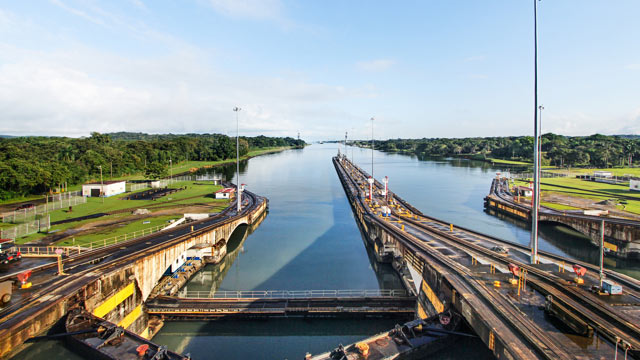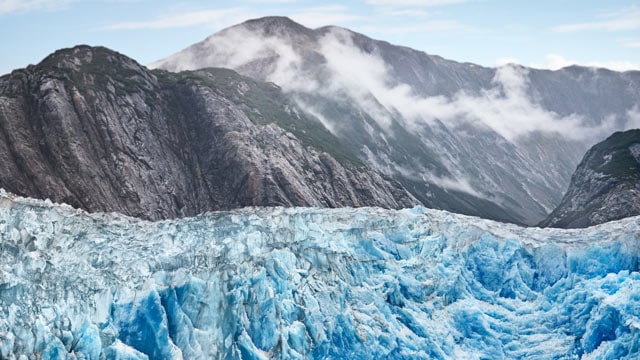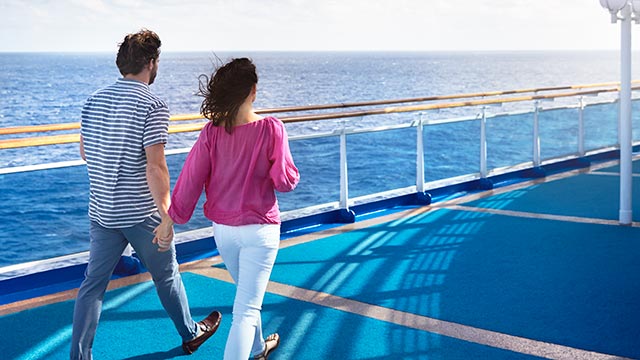Vibrant and cosmopolitan, Panama City, Panama, is a thriving modern metropolis brimming with skyscrapers, casinos, and shopping malls. Just beyond the urban sprawl, there's plenty of history to be found, both in the charming historic district and further along the coast, where the ruins of the original city lie. Learn the history of Panama City, so you’re ready when you arrive in port.
The Old Panama City
The original city, now known as Panama Viejo (or Old Panama), isn't far outside of today's city. Founded in 1521 by Pedrarias Dávila on the site of an indigenous village, Panama Viejo was the base of operations for expeditions to the Americas. Its strategic location along the main shipping routes made it an important trading center. Much of the gold and silver exported from the Americas passed through Old Panama — a fact that inevitably made it a target for pirates, and that ultimately led to the city's demise. In 1671, the infamous buccaneer Henry Morgan sacked the city, destroying buildings, killing thousands of people, and setting fire to the remains.
The city was never rebuilt. Instead, it was relocated to where Panama City's historic quarter sits today, so it could be more easily defended from maritime attacks. Panama Viejo today comprises 79 acres of crumbling ruins, and is one of the most popular sights for visitors. The remains of streets, homes, and civic buildings set out in a grid pattern are some of the earliest examples of a planned town in the Americas. Book a scenic drive and guided walking tour of Old Panama City to further explore the ruins.
The Historic Quarter of New Panama City
Terraced houses, pretty squares, and a waterfront promenade — featuring a mix of Spanish, French, and colonial architecture — combined to create a charming new city in the 18th and 19th centuries. By the early 20th century, however, the narrow, cobbled streets and homes packed close together had become overcrowded, and in the 1930s, wealthy city-dwellers began moving out of the Casco Antiguo (historic district) and into the suburbs where modern high rises promised space and convenience. The old quarter was largely abandoned, and buildings were left to rot. Squatters moved in, and the once affluent city became a derelict, no-go area.
Thanks to its designation as a World Heritage Site in 1997, and with the help of government funding in the past decade or two, sensitive restoration efforts have started to breathe new life back into the historic city. It's definitely a work in progress, and a stroll through the old quarter reveals many houses still in ruins, their facades decked in graffiti, and roofs caving in. However, alongside these one finds plenty of beautifully renovated buildings, many of which have been converted into quirky cafes, fashionable boutiques, and charming restaurants. There's perhaps no better way to experience the rich history and multicultural influences of the city than by losing oneself in the winding streets of the historic quarter for an afternoon.
When you embark on a Panama Canal cruise with Princess Cruises, you’ll be immersed in the culture, history and sounds of the region, and enjoy an authentic experience unlike any other. The best way to learn about Panama City is to go there and live the adventure.
Intrigued by what else Panama has to offer? Find out about cruises in Panama.



